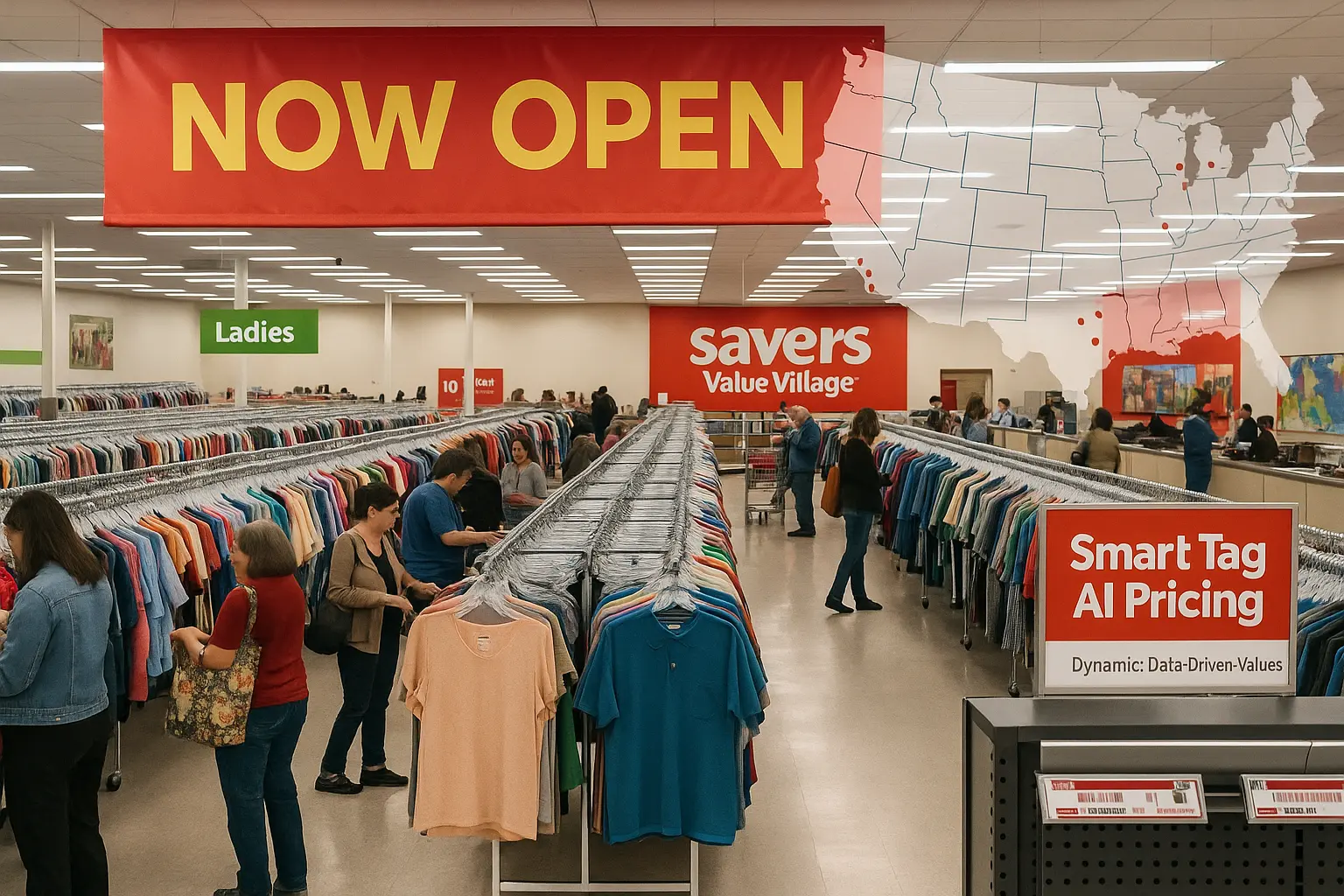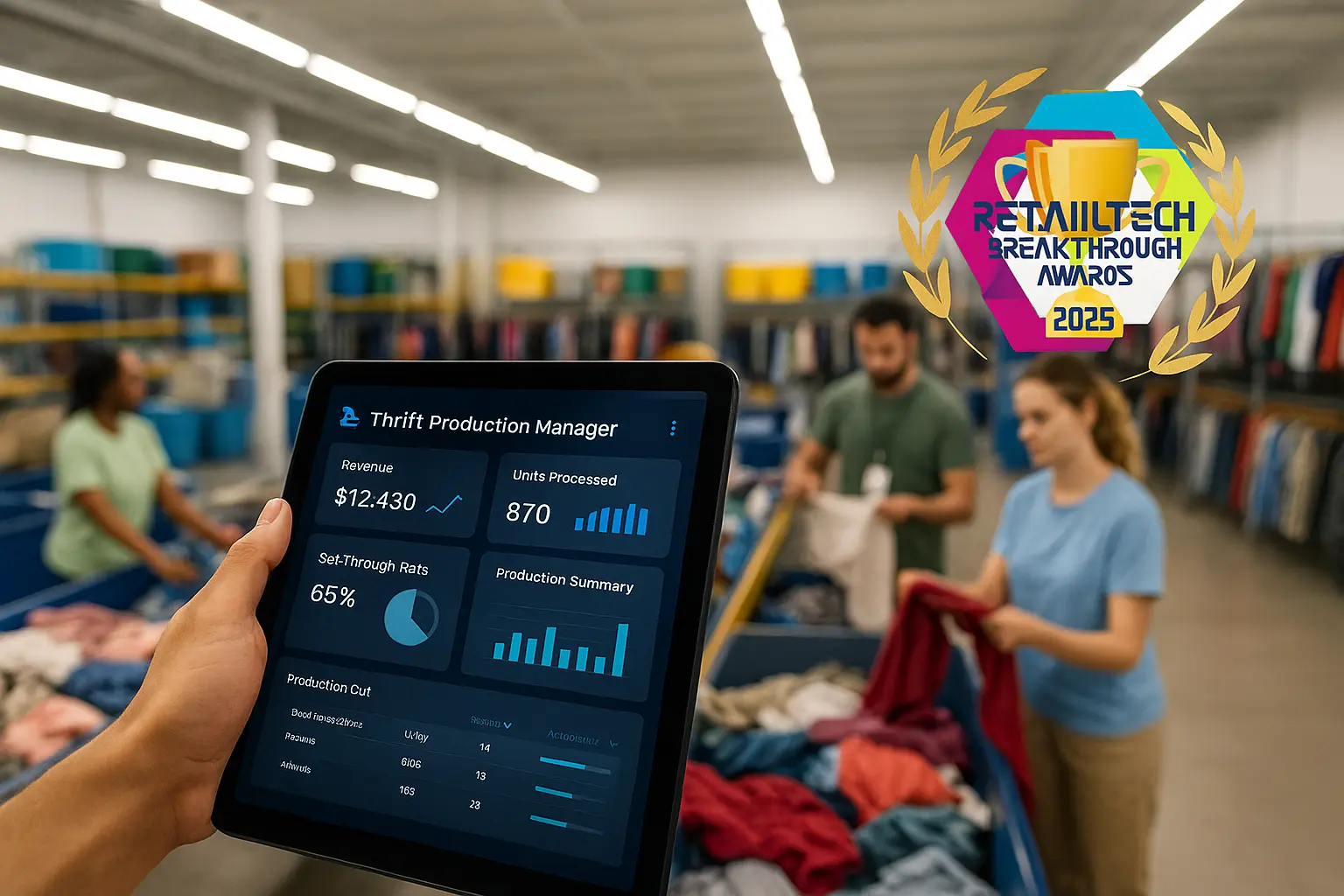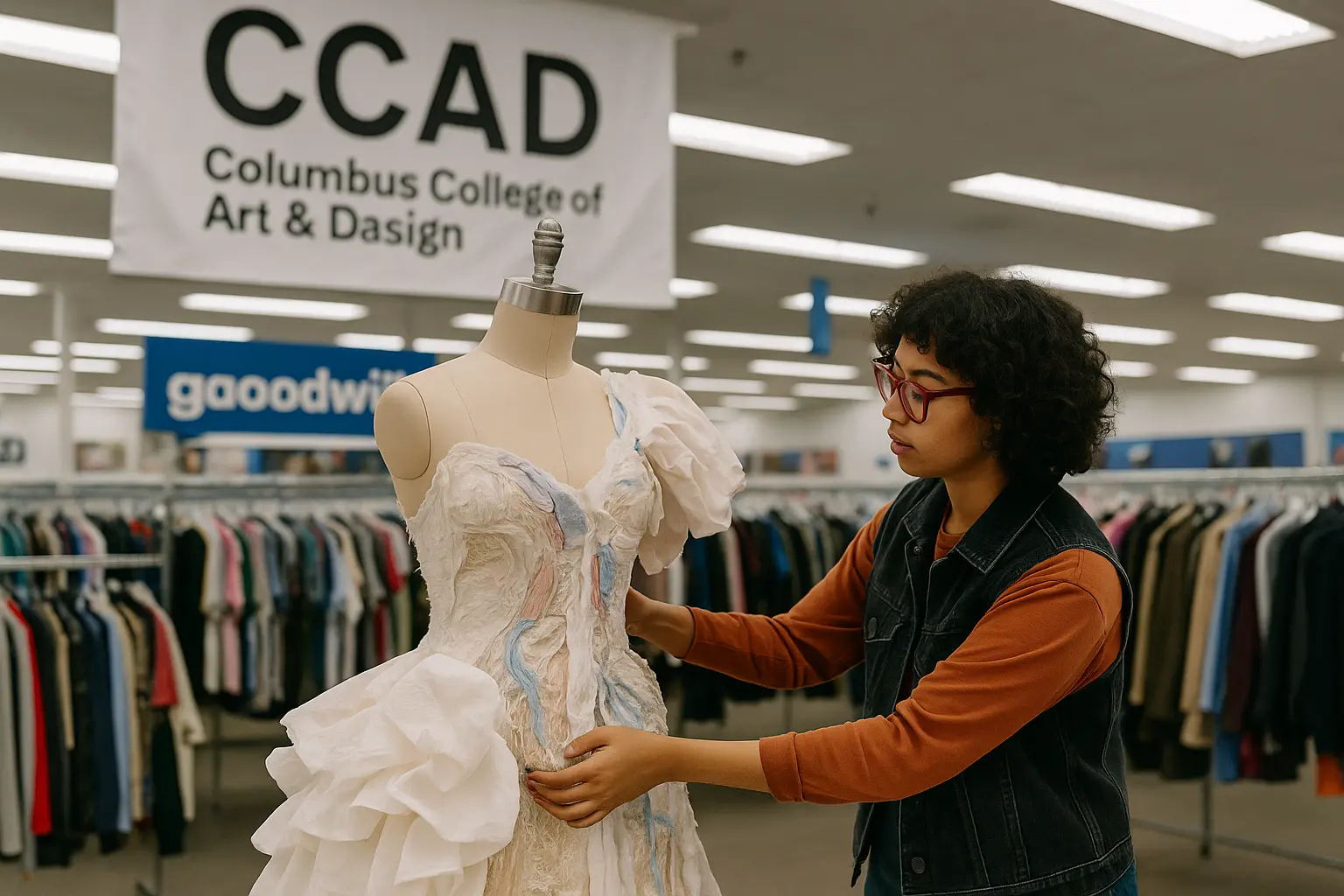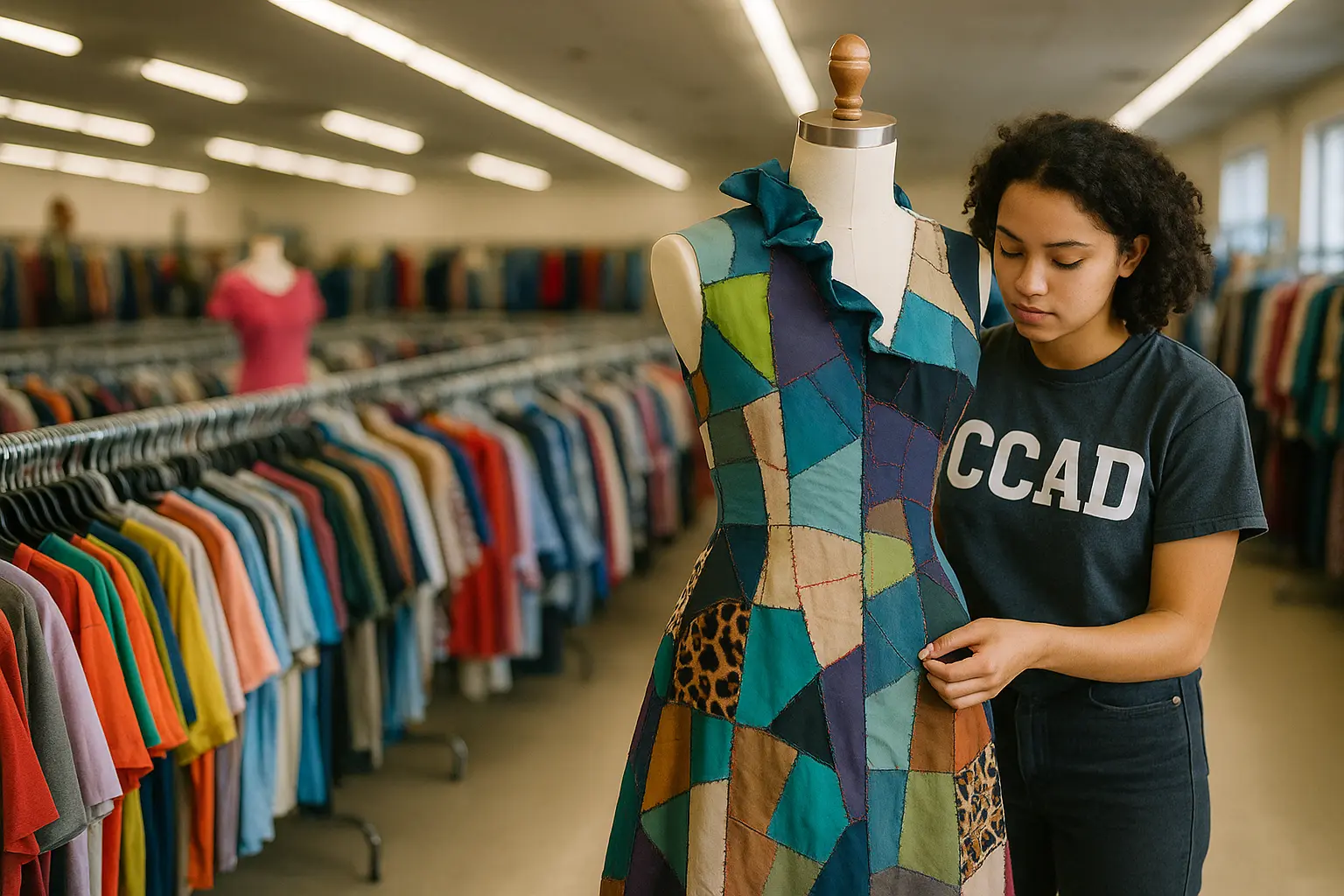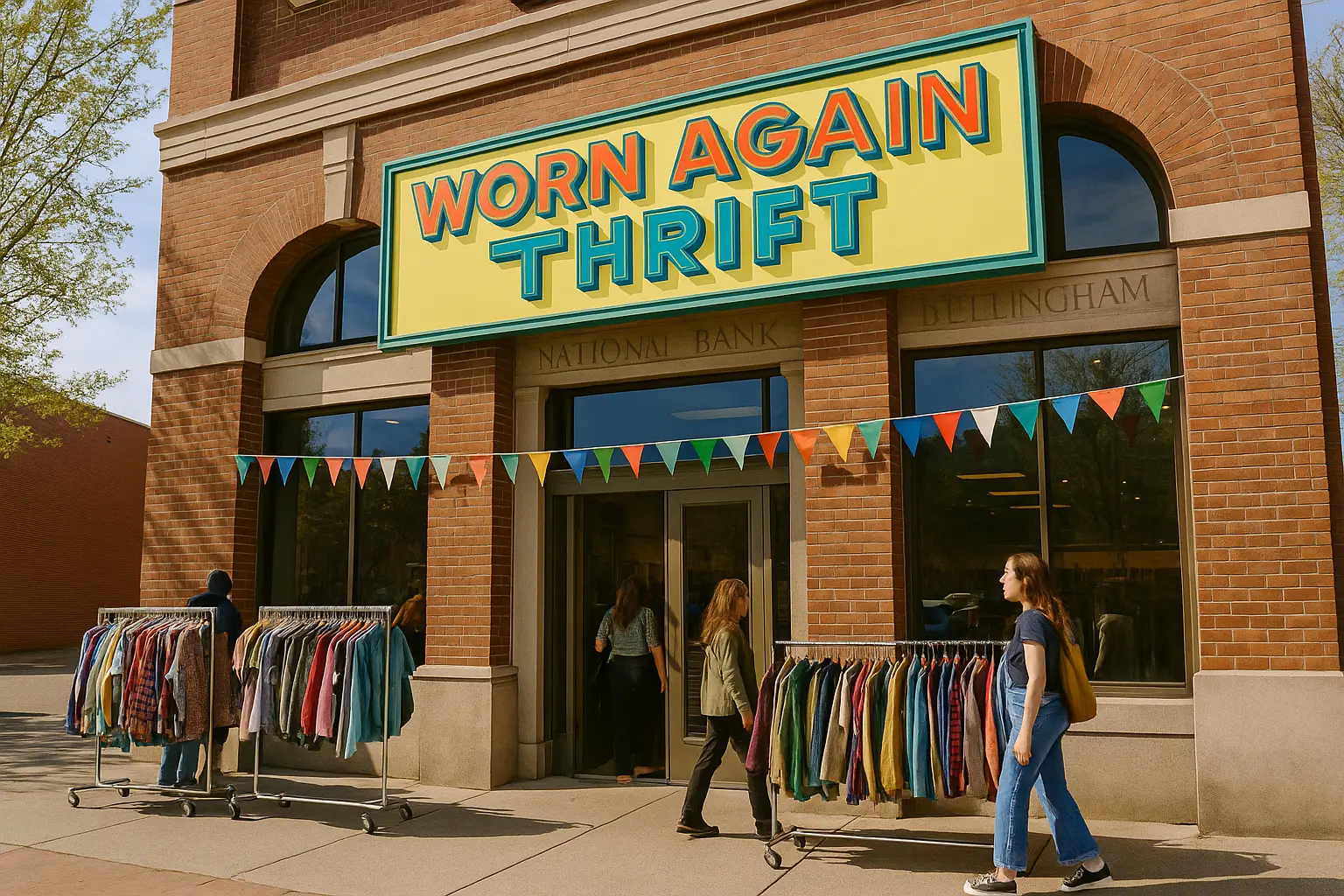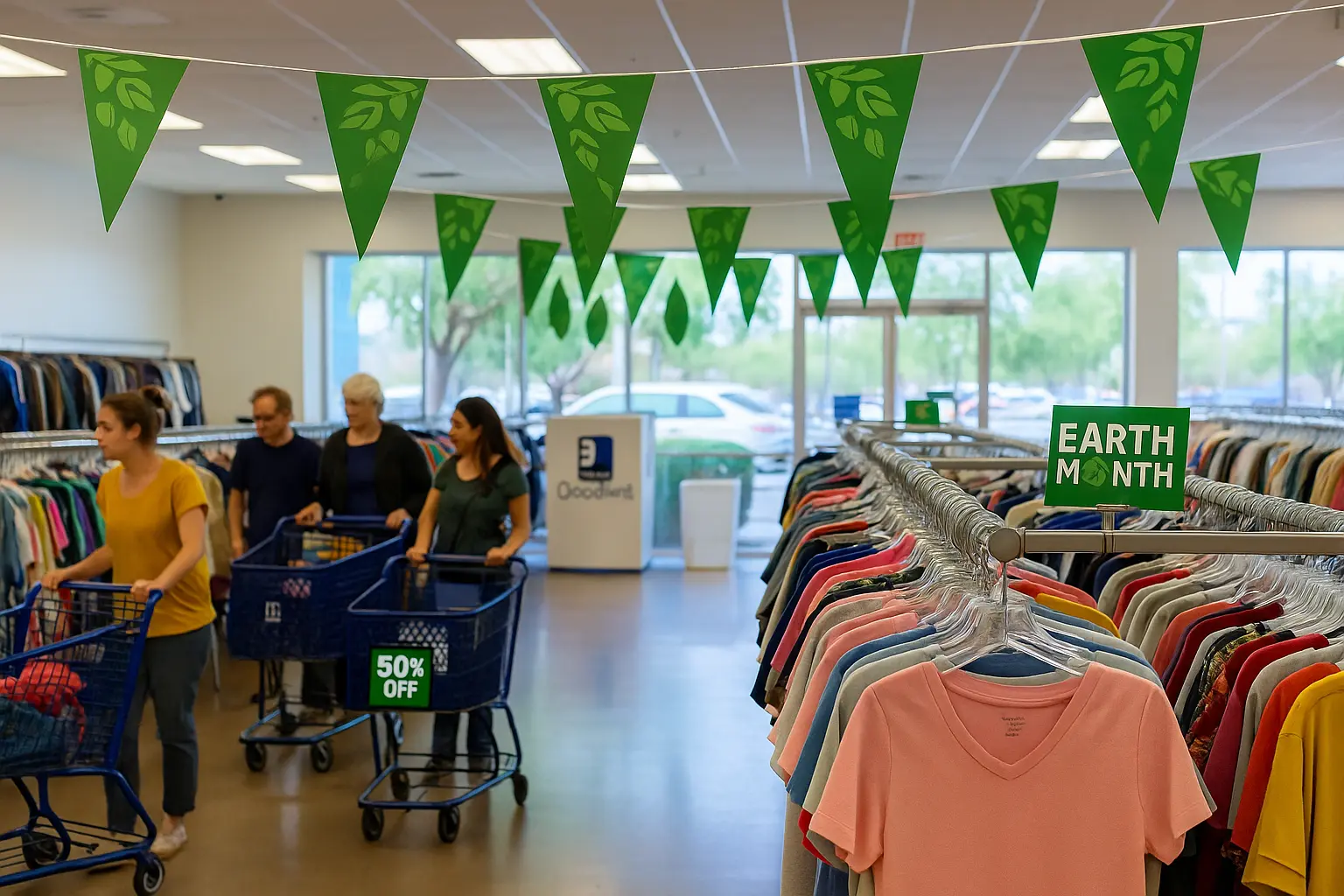Goodwill × CCAD Debuts Zero-Waste Runway Across Columbus Stores
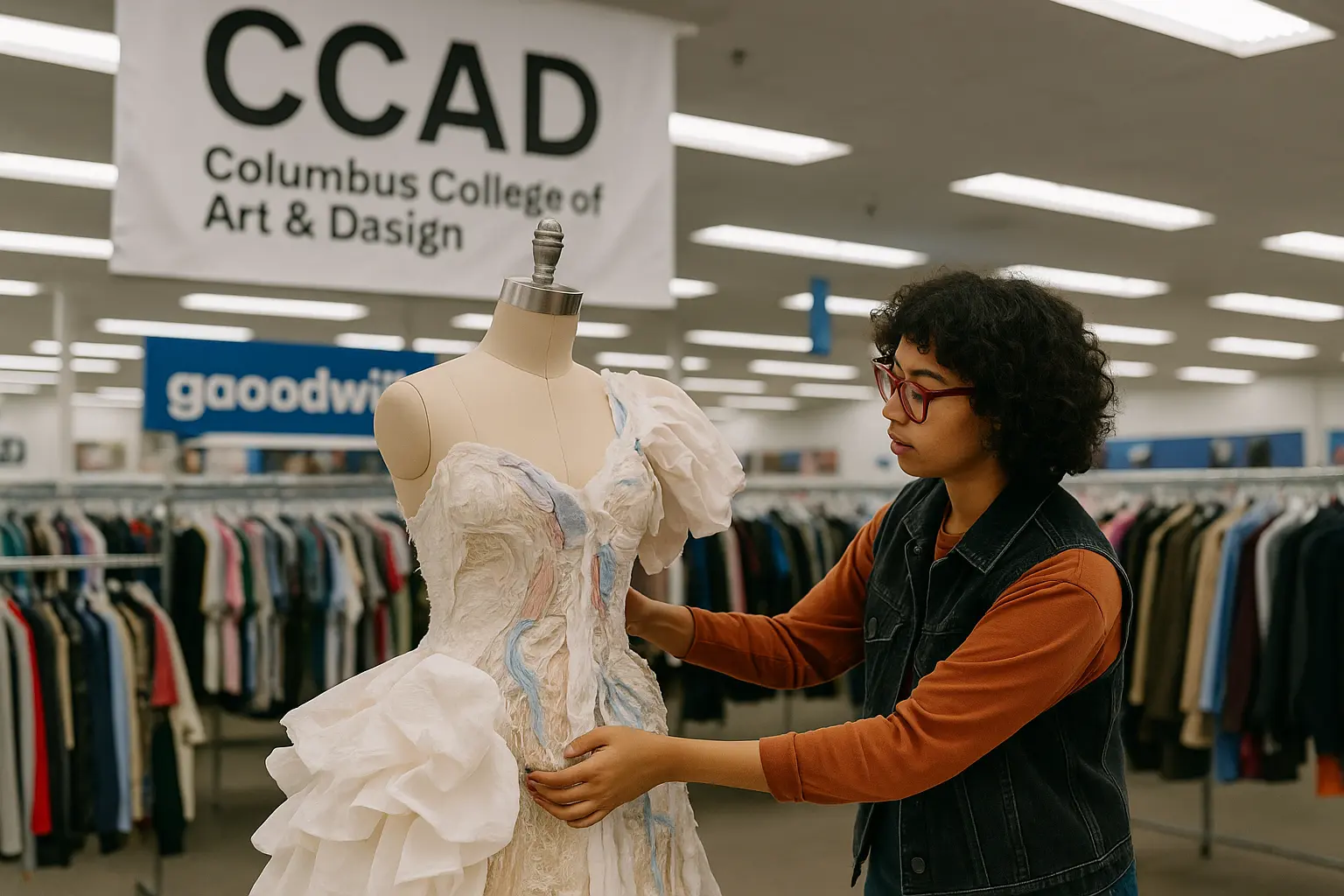
Table of Contents
How the Partnership Came Together
On April 22 2025—sandwiched neatly between Fashion Revolution Week and Earth Day—Goodwill Columbus and the Columbus College of Art & Design (CCAD) issued a joint press release announcing their first-ever zero-waste runway collaboration. The goal was deceptively simple: give 18 first-year fashion students a $50 Goodwill gift card, unrestricted access to store donation bins, and exactly four weeks to turn discarded textiles into gallery-quality garments. While Goodwill has long funded job-training programs through resale, this pilot marks its most direct investment in design education to date, according to CEO Ryan D. Burgess.
The partnership dovetails with a larger industry pivot. Global demand for ethical apparel grew 28 percent last year, and resale platforms now sit side-by-side with fast-fashion giants in Gen Z wardrobes. CCAD Associate Vice-President Nicole Monahan saw an opening: “If thrifting is how the next generation already shops, it should be how they learn to design.”
Inside the Upcycle Design Process
Step one was a field trip to Goodwill’s Brice Road warehouse. Students practiced the smart sort: separating cotton from synthetics, leather from vinyl, and sizing up stains that could be strategically hidden beneath ruching. Local designer and sustainability mentor Xantha Ward led a crash course in “fabric archaeology,” showing how to read fiber-content labels like excavation tags. By the end of day one, each student had drafted a mood board pinned with thrifted curios—rugs became tweed; plush toys, faux fur trim.
Over three studio sessions, Goodwill staffers lugged in new donation bales so students could prototype in real time. “It was messy, chaotic, and totally liberating,” recalls freshman Lily Murchie, whose sculptural pencil dress features 3D-printed resin panels backed with cut-up table mats.
- Week 1: Fabric hunting & deconstruction
- Week 2: Zero-waste pattern draping on donated mannequins
- Week 3: Finishing, natural-dye workshops, and peer critique
- Week 4: Installation in four Goodwill storefronts
A Look-by-Look Runway Breakdown
The finished collection spans everything from Goblincore chic to Y2K futurism. Highlights include:
- “Pixelated Prairie”—a denim-patchwork gown with LED beadwork made from obsolete USB cables.
- “Soft Armor”—a structured trench sewn from layered plush-toy skins, complete with ironic Build-A-Bear labels left intact.
- “Hardware Lace”—discarded doilies overlaid with thrift-sourced metal zippers, forming a flexible exoskeleton that cinches at the waist.
- “Rug on the Run”—flat-woven area rugs reborn as a moto jacket, fringed selvedge replacing leather tassels.
According to Goodwill merchandising director Sarah Meyers, at least six garments are “commercial-ready” and may debut this summer on ShopGoodwill .com, the nonprofit’s auction platform, with proceeds funding the 2026 cohort.
Where & When to See the Collection
The garments are installed as mini-runway vignettes in four Central Ohio stores through May 5 2025:
- Whitehall—52 Robinwood Ave.
- Clintonville—5300 N. High St.
- Reynoldsburg—2675 Brice Rd.
- Morse Rd.—5130 N. Hamilton Rd.
Each location features QR codes that reveal garment sketches, time-lapse videos of the build process, and donation stats for the fabrics used. Goodwill staff report a 23 percent uptick in foot traffic during the first weekend of the exhibit, with thrift-curious spectators converting to shoppers at an 11 percent higher rate than average.
Student Stories & Skills Gained
Beyond the headlines, the pilot acted as a living lab for circular-fashion skills not usually taught until junior year. Students logged production hours, costed out materials at resale value, and practiced narrative marketing for social reels. Freshman Alexis Tran, who quilted 14 men’s dress shirts into a gender-fluid kimono, said she “finally understood garment life-cycle math—how one yard saved in pattern-making equals dollars saved in landfill fees.”
Another key takeaway: community engagement. CCAD required students to spend one Saturday on the Goodwill sales floor, styling shoppers with their prototypes. “Explaining my piece to a retiree hunting $5 blazers was scarier than any classroom critique,” laughs Dylan Rojas, whose corset top repurposes drapery cords as boning. But that real-time feedback, he says, “taught me to defend sustainable pricing in plain English.”
Why the Pilot Matters for Columbus
Central Ohio discards roughly 16 tons of clothing daily, according to Franklin County’s 2024 waste audit. Goodwill’s resale model already diverts 8 tons, but CEO Burgess believes creative reuse can close the gap. By hosting the runway inside retail aisles, Goodwill blurs the line between donation center and design studio, normalizing secondhand procurement for both hobbyists and pros.
Economically, the exhibit adds a tourism layer: CCAD estimates 5,000 unique visitors will hop store-to-store via a stamped “Thrift Runway Passport,” redeemable for 20 percent off a future purchase. Local cafés near the Clintonville location have already reported double-digit weekend spikes, illustrating how thrift activations can lift entire commercial corridors.
Measuring the Environmental Impact
Goodwill’s sustainability office weighed every garment pre- and post-transformation. Results show a collective 318 lbs of material diverted from landfill, equal to 560 kg CO₂-e saved—a small but symbolic dent in fashion’s footprint.
More impressive are the behavioral metrics: 68 percent of exhibit viewers scanned at least one QR code, and 42 percent pledged to buy half of their 2025 wardrobes secondhand, according to on-site surveys. CCAD plans to publish a white paper this summer comparing these numbers with traditional fashion-week engagements.
How You Can Support the Next Cohort
Want in? Here are three easy boosts:
- Donate “designer scrap”—scraps of leather, lace, hardware—at any Columbus Goodwill marked “CCAD Runway.”
- Shop the looks—bids open May 6 on ShopGoodwill .com; all proceeds fund 2026 scholarships.
- Follow the journey—Instagram @GoodwillColumbus posts weekly DIY tips culled from student journals.
Applications for next year’s program open July 1. CCAD hints that the 2026 brief will tackle wearable tech using thrifted electronics, so start collecting those vintage Walkmans now.
